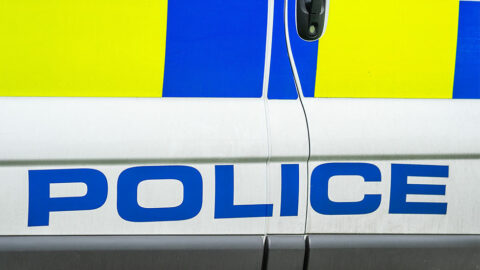The Cat Inn – West Hoathly’s not so well hidden secret
The Cat Inn is one of West Hoathly’s many historical gems. Today, it is best known for its award-winning food and hospitality. However, many may be unaware of the history attached to this 15th Century alehouse.
Winner of the Sussex Food and Drinks Award and featured in The Good Hotel Guide 2016, The Cat Inn attracts visitors from far and wide to sample Sussex food and wine sourced from surrounding vineyards.
During the middle ages, food and lodgings for travellers were typically provided by monasteries and the church. As things became more commercial, such premises were divided
into three distinct classes.
Inns, supplied food, drink and accommodation with stabling, taverns could be found in town areas and alehouses that offered home-brewed ale run from people’s homes and recognised
by a broom or bush.
The Cat Inn was once part of the estate of Thomas Sackville, the 1st Earl of Dorset. The Dorset Arms on East Grinstead High Street was known as ‘The Catt’ in the 1600’s before becoming The Ounce and Ivy Bush.
‘Ounces’ were the wild cats that decorated each side of the heraldic coat of arms of the Sackville Family. It is known that employees of the Earl, were issued with tokens in return for labour that they could then trade for ale, wherever the recognisable coat-of-arms was displayed.
Although the actual building of The Cat Inn originates from around the 1690’s, it is likely that it stands on the site of an earlier ale house. In the early days, the roof would have been thatch with
the walls infilled with wattle and daub.
The Brookes family were the landlords at The Cat Inn from 1678 to 1724. Evidence shows that John Brookes of Hever built up a business and sometime after William Brookes, presumably his son, inherited the estate – the records show that he owned the inn and two houses.
An inventory made on his death states that ‘the inn provided knives’, this moving on from the days when each person was required to carry a case with cutlery.
Forks were only just becoming customary, having previously been considered ‘too fancy and too French!’ Thanks to the flourishing iron industry towards the end of the 16th Century, this area of the High Weald was subject to a period of prosperity.
There have been some major alterations to the pub over the years and the opening of West Hoathly Railway Station in 1882 would have made such changes much easier, allowing for beer and bread to be delivered rather than having to brew and bake on site.
What was once the old stable yard and an area for keeping pigs, was turned over for use as a place to park bicycles and eventually, cars. During more recent renovations, a well was uncovered.
There is evidence that it was still in use in 1724 and several local houses have wells beside them with a stone cistern in the lower churchyard opposite.
A number of wells were closed around 1875 due to fears over the spread of typhoid. Some were shut as late as 1903 when water was piped to the area.
This feature can still be seen today in the ‘Well Room’, where you can sit over the dark chasm and peer down the well, through the toughened glass and spy the water far below – not for the faint hearted!
Local folk law tells of a peddler turned murderer who, fleeing from the crime, sort refuge from the storm and hid up the large chimney until he was smoked out and caught by the king’s men.
He was hanged just south of Wivelsfield on a gibbet but that’s a story best saved for a winter’s night, with a jug of ale, warming your hands around the roaring fire at The Cat Inn.
By Rachel Whitlam






